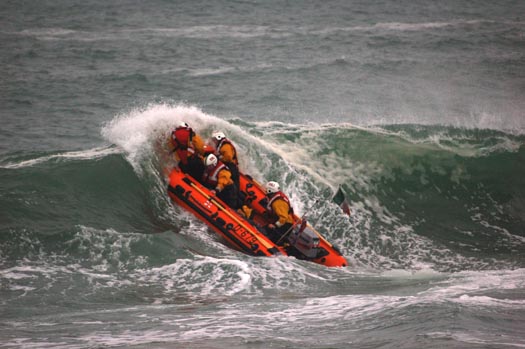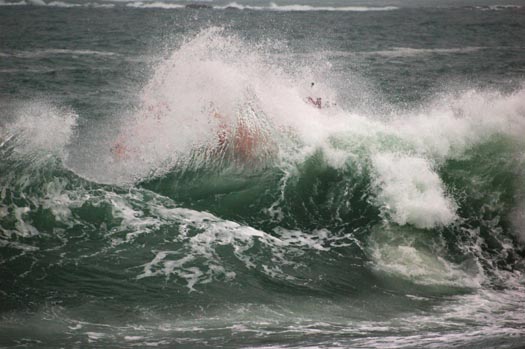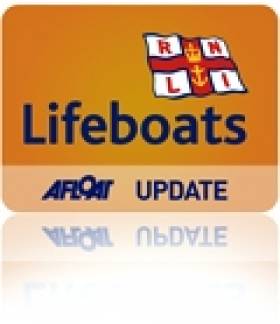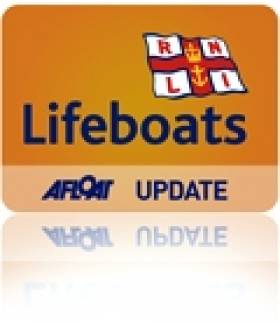Displaying items by tag: Clifden
Dramatic Photos of Clifden Lifeboat Battling Surf
John organised the training in response to the increased popularity of the area with surfers. RNLI Divisional Assessor Trainer Helena Duggan travelled to the lifeboat station to put 18 volunteer lifeboat crew through their paces and train them in handling the lifeboat in surf and responding to potential callouts from leisure marine enthusiasts.
Training is a core part of volunteering with the RNLI and each crewmember in Clifden trains once a fortnight on the stations two inshore lifeboats.
Commenting on the exercise John said, "I took my camera down to photograph the exercise and was really pleased with the results. It is great to be able to show the public what our lifeboat volunteers go through to ensure they are fit and trained to go to sea. We had a fantastic turnout on the day and the lifeboat crew learned about boat handling in surf conditions. We are delighted so many people are visiting the area for leisure marine activities."



Photos by John Brittain/Clifden RNLI show Clifden volunteer lifeboat crew with RNLI Training assessor Helena Duggan during surf training on Dunloughan beach, Ballyconeely
Related Safety posts
RNLI Lifeboats in Ireland
Safety News
Rescue News from RNLI Lifeboats in Ireland
Coast Guard News from Ireland
Water Safety News from Ireland
Marine Casualty Investigation Board News
Marine Warnings
Two Investigations Underway into Weekend Boating Accident
Gardai launched a full investigation into the weekend boating tragedy where two men died in Inishboffin harbour.The men were identified locally as former Mayo footballer, Ger Feeney, and businessman, Donal McEllin, both from Castlebar.
It is understood the pair left the island by small RIB to travel back to their motor cruiser some time after midnight on Saturday and are both thought to have been wearing lifejackets when they set out.A second investigation is also to be carried out by officers of the Marine Casualty Investigation Board (MCIB).
More here:
Ex-GAA star dies in double drowning tragedy off island
Two men drowned off Inishbofin
Castlebar in shock as Inishbofin victims are named
Related Safety posts
RNLI Lifeboats in Ireland
Safety News
Rescue News from RNLI Lifeboats in Ireland
Coast Guard News from Ireland
Water Safety News from Ireland
Marine Casualty Investigation Board News
Marine Warnings
Clifden Lifeboat Calls for Vigilance over Hoax Flares
The RNLI Lifeboat in Clifden, Co. Galway has issued a plea over a series of call outs due to the irresponsible use of flares at the weekend. Flares were spotted off Roundstone which led to an extensive search mission in the area. It is the latest in a series of flare sightings in the area. Sources believe the cause of the problem may be expired flares let off from land.
Related Safety posts
RNLI Lifeboats in Ireland
Safety News
Rescue News from RNLI Lifeboats in Ireland
Coast Guard News from Ireland
Water Safety News from Ireland
Marine Casualty Investigation Board News
Marine Warnings































































